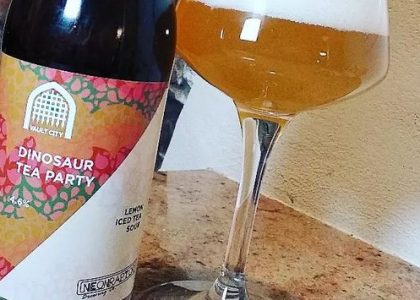I went back to Birreria Bunker for another course, but this time for a product that has nothing to do with beer or almost anything, since they actually have the same ingredients and part of the production process. I’m talking about whisky. This time in fact Homebrewers Gorizia and the Birreria Bunker have organized The ABC of Whisk(e)y, an introductory course to the world of whisky (and whiskey) in general with a tasting session of five Scottish single malts whiskies.
Both whisky and beer start from the same base, a wort produced by an infusion of malted and/or smoked grains in water called mash (in Scottish single malts it is mainly used barley). Once the wort is obtained, they took different ways, as the whisky does not need a hopping phase. The wort is fermented and then distilled and aged in wooden barrels. It is not by chance that whisky is also considered the distillation of the beer.
After this very brief description about whisky I want to tell you two things. The first one is that I never drank whiskey because I didn’t like it. I’m not really a big fan of spirits in general, but I admit that I had a particular hatred of whiskies. But since my experience was limited to commercial versions of Jack Daniel’s and Johnny Walker, I decided to try this course anyway, to break my taboos and try to appreciate a product ignored in my whole life.
 The course took place on the top floor of the Birreria Bunker, a wonderful attic with a huge and impressive wooden table as long as the entire room, and at its ends two illuminated walls filled with bottles of whisky and rum. Wonderful!
The course took place on the top floor of the Birreria Bunker, a wonderful attic with a huge and impressive wooden table as long as the entire room, and at its ends two illuminated walls filled with bottles of whisky and rum. Wonderful!
On the table were placed for each of the participants a whisky lecture booklet, a flyer describing the whiskies that were part of the tasting session, glass and bottle of water and a mat showing the 5 whiskies on which our teacher Danijel has arranged five Glencairn tasting glasses and filled them with the respective whiskies. In front to his chair he placed the five bottles, and then surprised us with a sixth bottle that he decided to add to make us understand the difference between a blended and single malt.
First of all, Danijel gave us an interesting and detailed introduction on whiskies, their history, their characteristics, types and methods of production. He then explained to us the various areas of Scotland with their characteristics, indicating some maps inside a book. Then we started with the tasting session that accompanied the course on the six tasted whiskies. Danijel advised us to make two tastings for each whisky, one pure and one diluted with a few drops of water trying to understand the differences. He also advised to inhale with the glass at a certain distance from the nose and with the mouth open to avoid anesthetizing the nose with alcohol. Excluding blended, each whiskey tasted came from one of the five Scottish whisky production areas. Of course take my observations on individual whiskies with a grain of salt, consider that it was my first experience of whisky tasting.
- Mc Grow
Blended Scotch Whisky, 40% ABV.
It wasn’t a great start for me, I admit I didn’t like it that much. Slightly sweet at the beginning it had a very light aroma of wood, malt and dried fruit, everything covered by the final alcohol. After the dilution the alcohol was much less intense leaving room for the flavors and making the tasting much more pleasant. - Kingsbarns Dream to Dram
Lowlands Single Malt, 46% ABV
The first single malt of the evening, it is a young whisky (just consider that the distillery is 6 years old) with delicate flavors and aromas of melon, green apple and fruit with delicate notes of wood in the finish. Diluting it enhances spicy and woody aromas. - Glengoyne 12 Years Old
Highlands single malt aged for 12 years, 43% ABV
This whisky has a wonderful aroma of Mon Cheri, fruits and dried fruits due to the long aging in Sherry barrels. In the mouth it is full and oily with a strong taste of wood. Also in this case the dilution releases aromatic notes of wood. - Tamdhu 12 Years Old
Speyside single malt aged for 12 years, 43% ABV
Much more drinkable than the previous one, also the Tamdhu has intense notes of cherry and wood both in the nose and in the mouth with a very sweet finish. It seemed me more fruity than the Glengoyne. - Kilkerran, 12 Years Old
Campbeltown single malt aged for 12 years, 46% ABV
Here we begin to perceive peated notes that accompany wood and after dilution pleasant fruity notes. It has a sweet taste that leaves room for a delicate peated taste, especially in the finish. - Ardbeg, 10 Years Old
Islay single malt aged for 10 years, 46% ABV
Just like the territory from which it comes, this whisky is characterized by intense peaty aromas and flavors, leaving room in the mouth for sweet and salty notes. I must say that I was particularly impressed (positively) by the intensity of the peat combined with the sea and salty notes, very good.
The tasting at this point was over, but since a participant had not come to the course we had to finish his whiskeys as well. We stayed another half hour to discuss and comment on the tasted whiskies, their characteristics and their differences, with Danijel who told us some interesting anecdotes.
In conclusion I can say that among the six whiskeys I tasted the ones that impressed me the most were the Glengoyne with its wonderful notes of Mon Cheri and the Ardbeg with its peated grit, both great products. And if you’re wondering if I’ve changed my mind about whisky, I’ll tell you that there’s still work to be done, but I really appreciate them, nothing to do with what I’ve been drinking til this day. The trick of diluting the drink to soften the alcohol and inhaling with open mouth helped me to perceive what this drink has to offer me. If a second course will be organized I do not want to miss it, also because I must admit that knowing the characteristics of these drinks helps a lot also to the tasting of aged beers.
As usual, congratulations to Homebrewers Gorizia and to Birreria Bunker.










Leave a comment